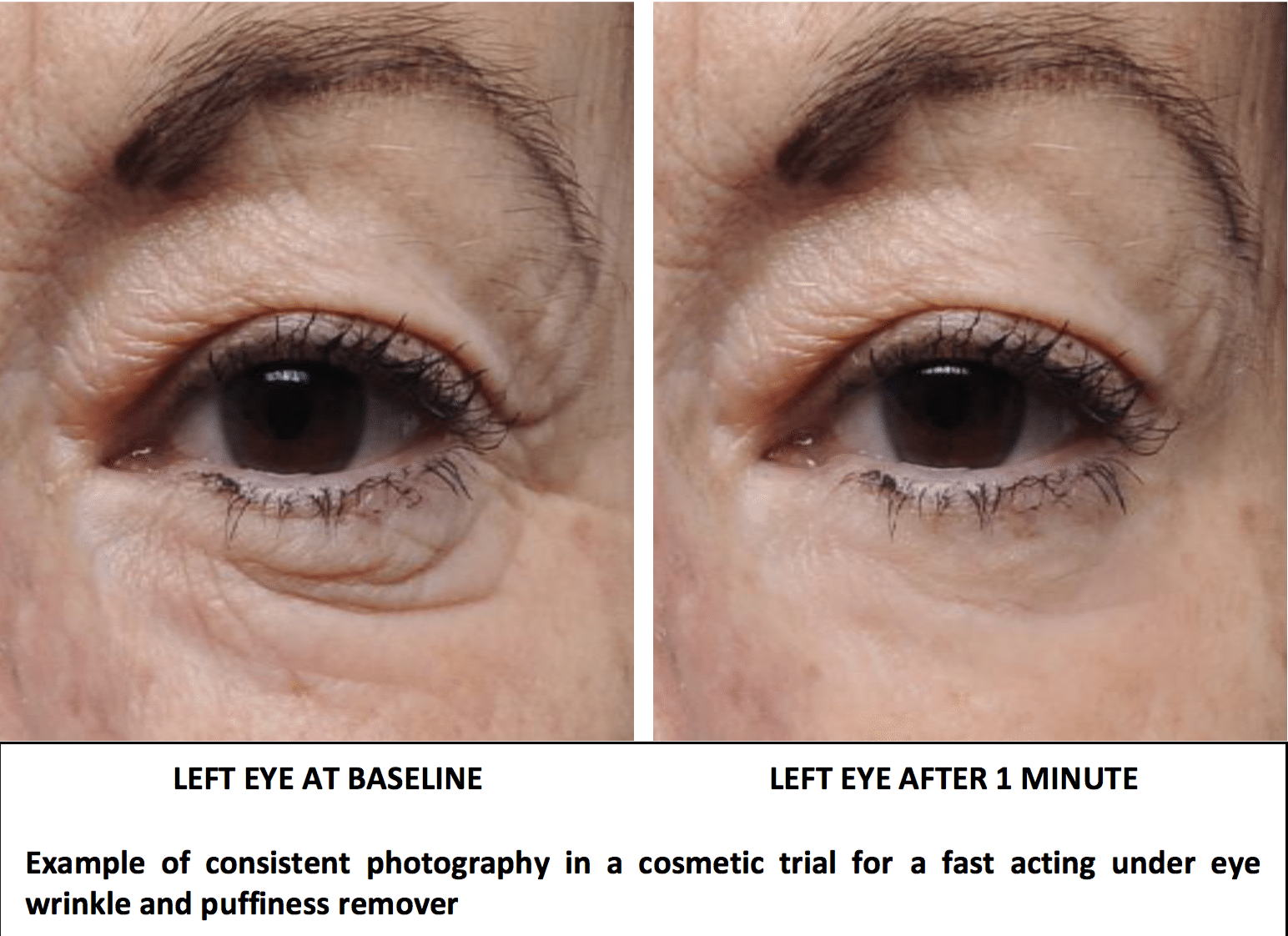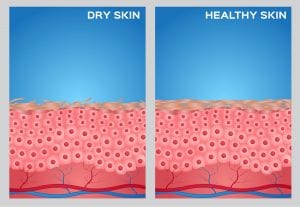One of the characteristics of dermatology is that skin conditions, as well as the effects of skin treatments, are typically apparent to other people. As a result, photography has for decades been a useful tool in dermatology practices. Digital photography is also extremely useful in clinical trials. Digital photographs allow for documentation of assessments conducted at different time points. As such, photos can assist the research site’s independent evaluator and help reduce variability of the results.
There are several high quality digital systems available on the market, which provide high functionality and standardisation in the clinical research environment. Whichever the photographic equipment to be used, the fundamental rule in clinical trial photography is achieving a high level of consistency between photos taken at different time points. Here is a list of the key elements that must be kept consistent throughout a clinical trial:
Lighting
The role of lighting is crucial in clinical trial photography as it has the most impact on the way skin features will be captured. Skin characteristics can be enhanced or overshadowed by simply changing light direction and intensity. For example, illumination coming on an angle will show skin texture and contour much better than straight light. Even a small change in lighting can result in a great change in the appearance of skin.
Subject positioning
As important as consistent positioning is, it is one of the most difficult tasks is to achieve. When taking photos at different time points, changes in subjects positioning is a natural consequence. To minimise this there are a number of special fixtures and devices that allow standardisation of subject’s positioning and/or distance to the camera. Some medical imaging software also allows view of the previous images with an overlay of the picture about to be taken in order to achieve the closest possible match.
Camera Settings
Once suitable lenses and camera settings for a specific project have been identified, they have to be maintained consistently throughout the study. Resolution, exposure, white balance, focus will need to be considered. Therefore, auto mode settings are generally not recommended for digital photography in clinical trials.
Subjects
Any artefacts in the picture should be avoided (e.g. jewellery, make up) or standardised (e.g. clothes or gowns, hair). The area to be photographed needs to be checked and prepared as appropriate to ensure consistency (e.g. washing skin and removing make up).
Retouching
Refraining from editing of photographic images taken during the trial is generally the best approach. Once appropriate camera settings have been identified there should not be a need for retouching of the images. Unless, this is a specific requirement for presenting the results of the images taken during the study, and provided the retouching is conducted consistently on all photos taken throughout the study.
Consistent = Good
Good quality photographs taken consistently are a valuable resource during clinical trials and beyond. For example they can be used also for marketing purposes. Photos are usually taken before the treatment (baseline), during the treatment to monitor changes and at end of the treatment to document the results. Standardisation of the digital images in clinical trials can be achieved by taking into account all factors that affect the quality and the characteristics of the resulting photographs.




